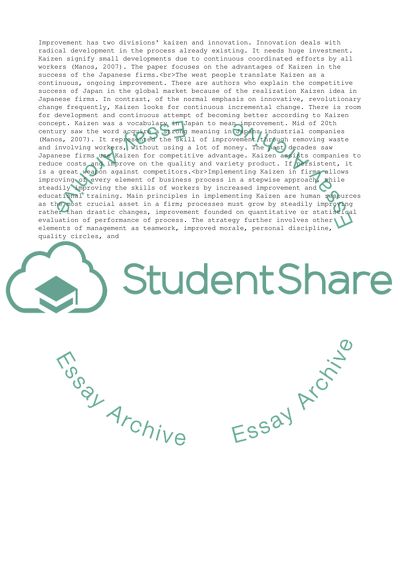Cite this document
(“Operations Management Assignment 1 Research Paper”, n.d.)
Retrieved from https://studentshare.org/management/1632172-operations-management-assignment-1
Retrieved from https://studentshare.org/management/1632172-operations-management-assignment-1
(Operations Management Assignment 1 Research Paper)
https://studentshare.org/management/1632172-operations-management-assignment-1.
https://studentshare.org/management/1632172-operations-management-assignment-1.
“Operations Management Assignment 1 Research Paper”, n.d. https://studentshare.org/management/1632172-operations-management-assignment-1.


